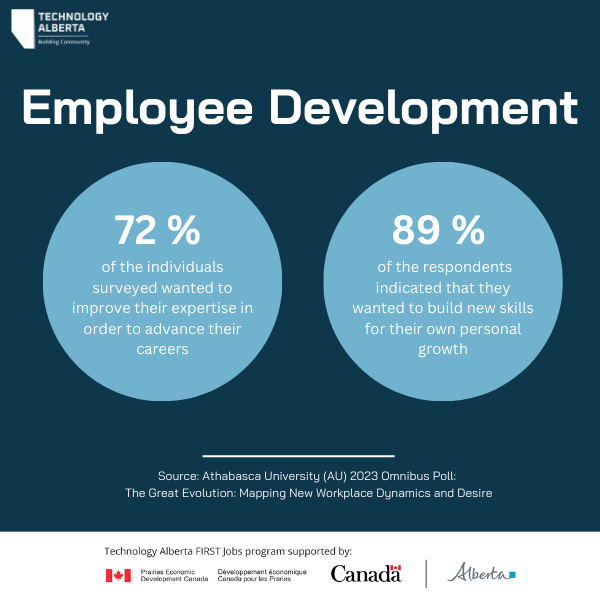A 2023 survey of Canadians conducted by Athabasca University (The Great Evolution: Mapping New Workplace Dynamics and Desires) revealed that 72% of the individuals surveyed wanted to improve their expertise in order to advance their careers. In addition, 89% of the respondents indicated that they wanted to build new skills for their own personal growth. Both of these goals can be achieved through the use of employee development plans, which create a list of actionable goals to help employees grow both professionally and personally.

An employee development plan is a collaborative effort between an employee and their company to develop both short-term and long-term goals that benefit both parties. By providing opportunities for employees to expand their skillset, employees are more motivated which leads to increased employee engagement and improves employee retention rates. At the same time, employee development plans address skills gaps within the organization to ensure a company can achieve its goals.
There are 4 main steps to constructing an employee development plan:
- Assess your company’s needs and your/your employee’s existing skills gaps: You need to know where you are before you can determine where you need to go. Taking the time to align your strategic goals with the necessary employee training and development will help to take you and your company further – and in a manner that may warrant company support in either time or finances.
- Work with each employee to develop a unique plan: Employee development plans are not one-size-fits-all. Even if you have multiple employees working on similar projects, it’s important to consider each of their individual skill sets, interests, and future career goals. Each employee should have a development plan as unique as they are.
- Provide a variety of development opportunities: Employee development spans a wide range of options. It can take place within your workplace (such as cross-training, coaching/mentoring, succession planning), or through online offerings (such as webinars or classes). In addition, providing employees access to seminar/conferences, courses, and micro-credentials allows them to develop professionally and personally.
- Regularly monitor progress and refine goals: An employee development plan is a dynamic document, and it should be regularly reviewed through scheduled meetings to ensure the plan is working for both the employee and employer.
Investing time in creating development plans for your employees will pay dividends for the growth of both your employees and your company, which is a win-win situation for all!


